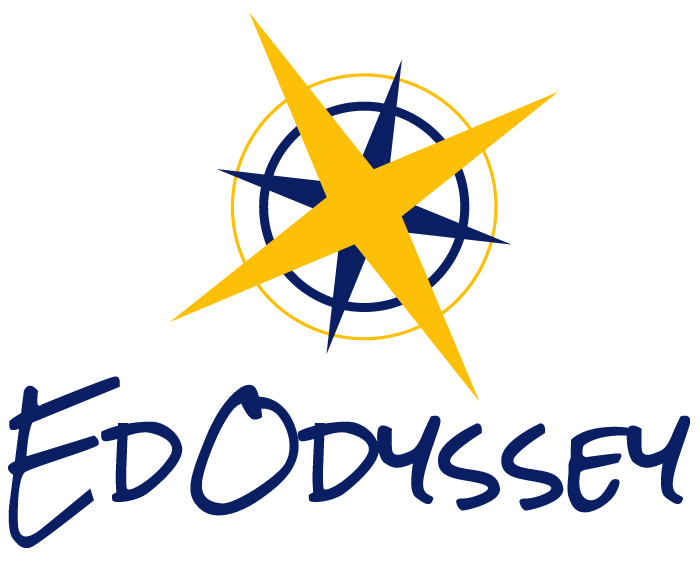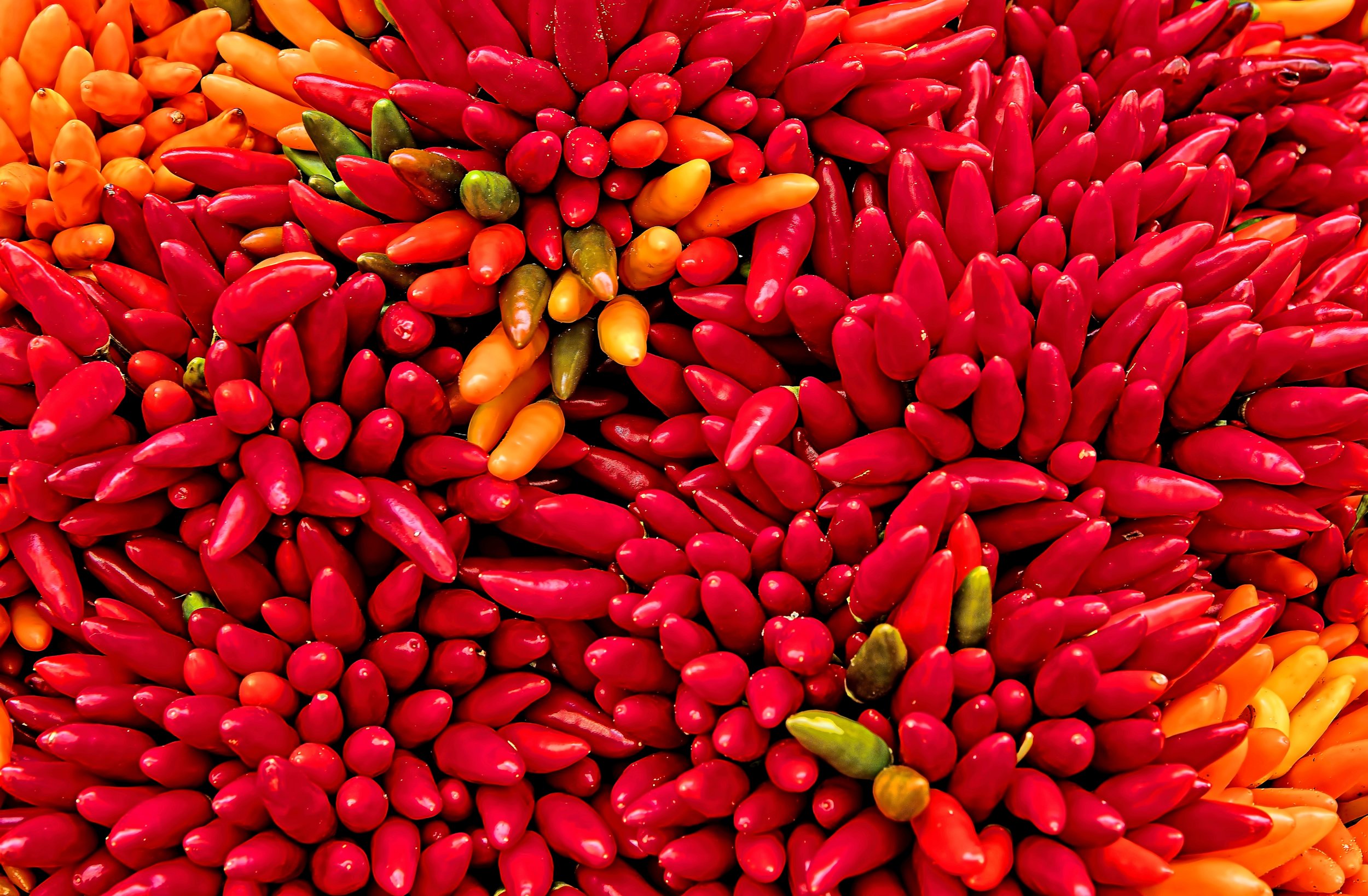Blog
The Secret Ingredients Behind Peru's Diverse Culinary Scene
Peru’s incredible access to land and sea has given it a natural base for some of the world’s most unique food that involves the influence from a variety of cultures.
Search previous blogs here.

